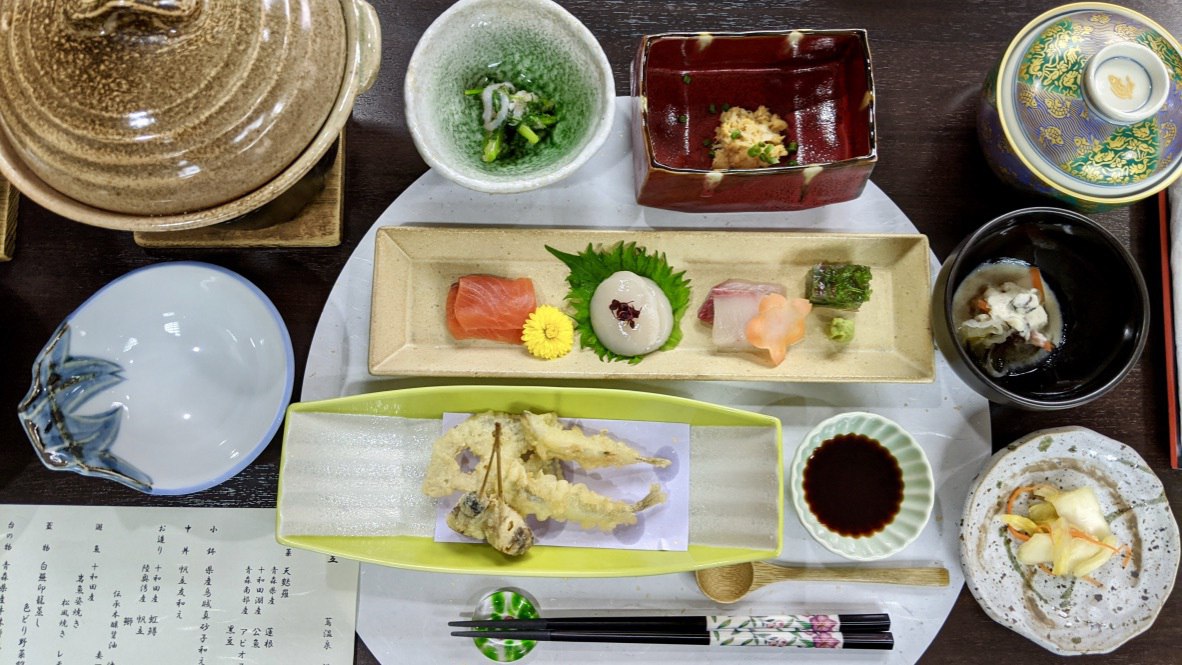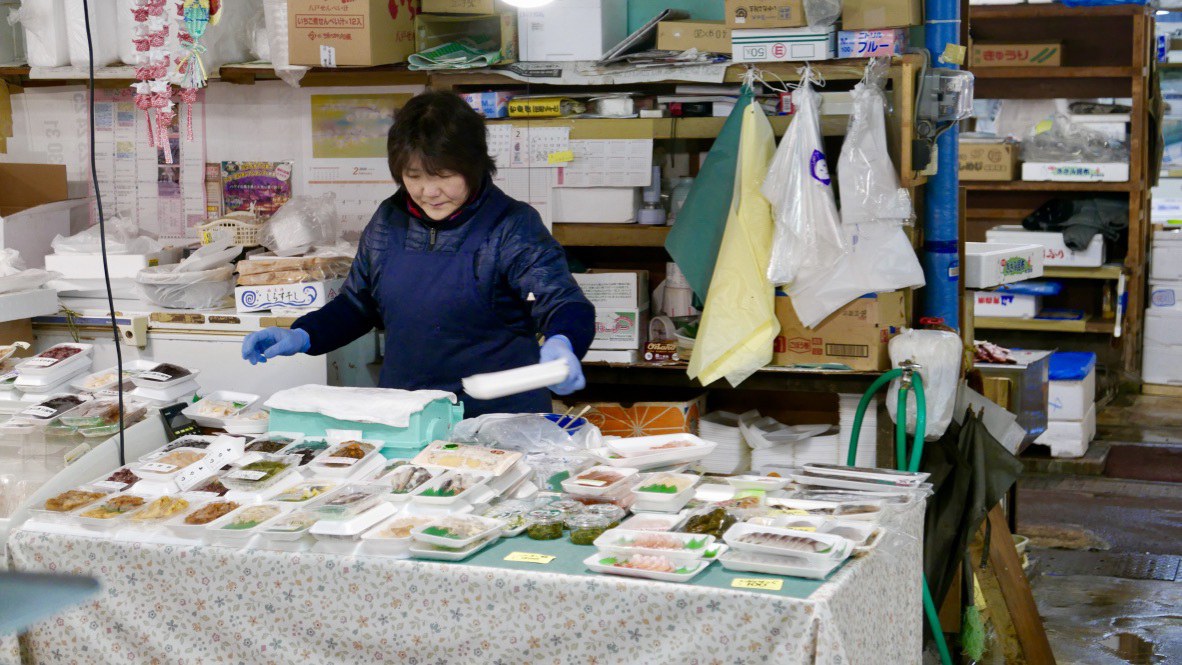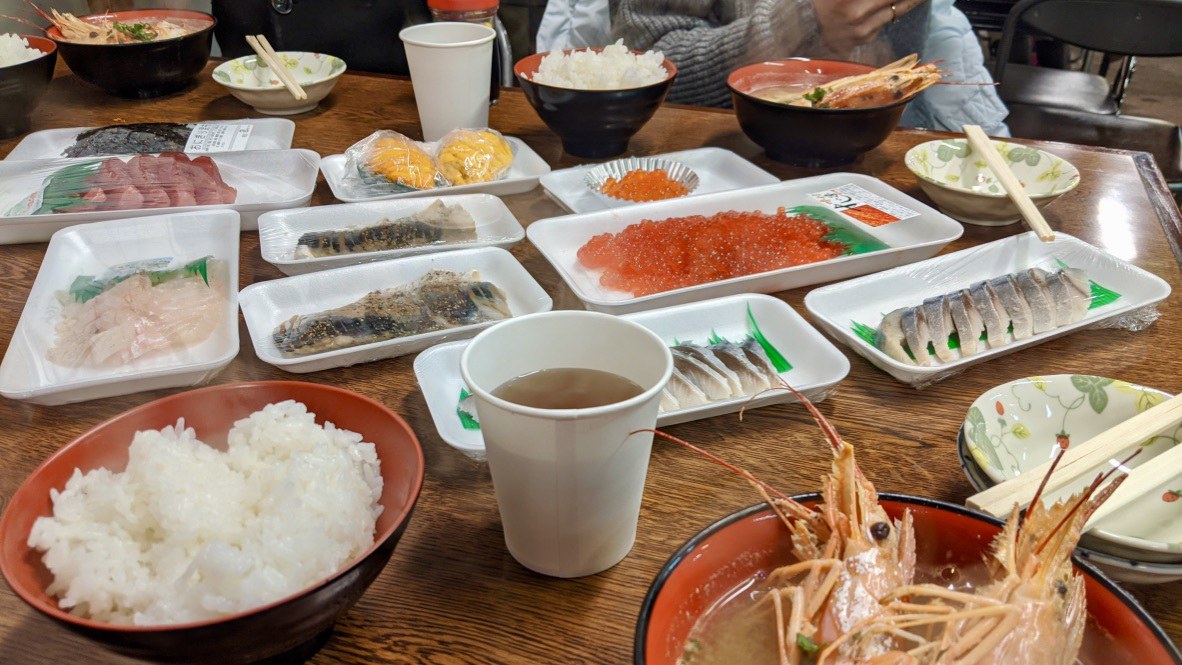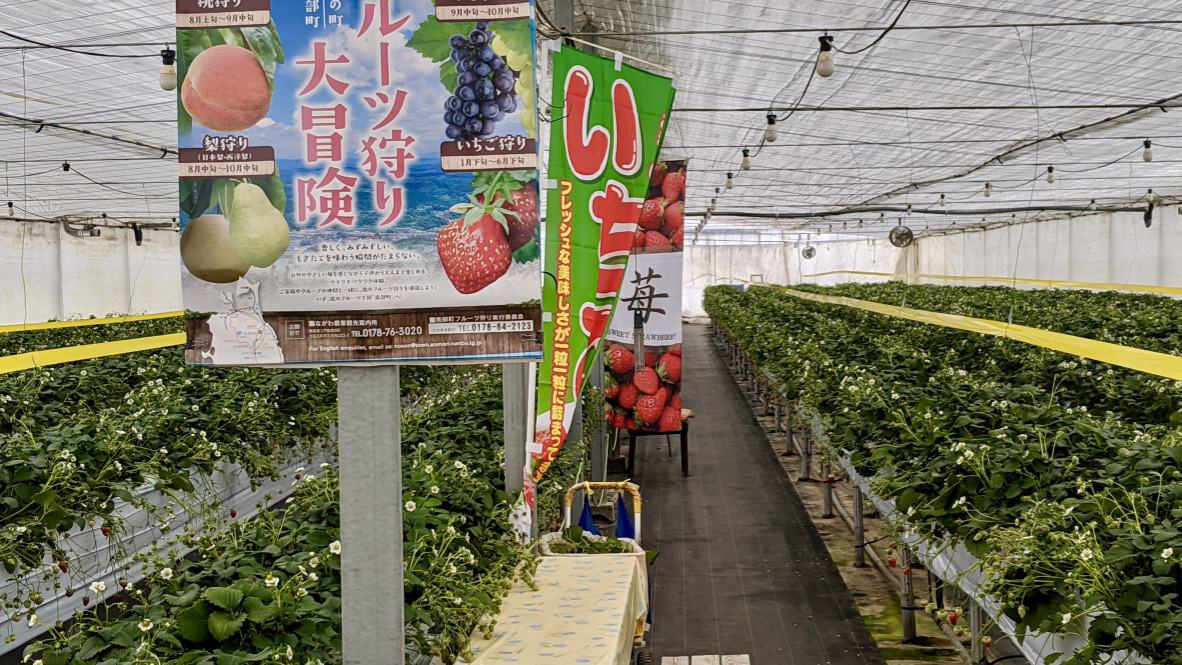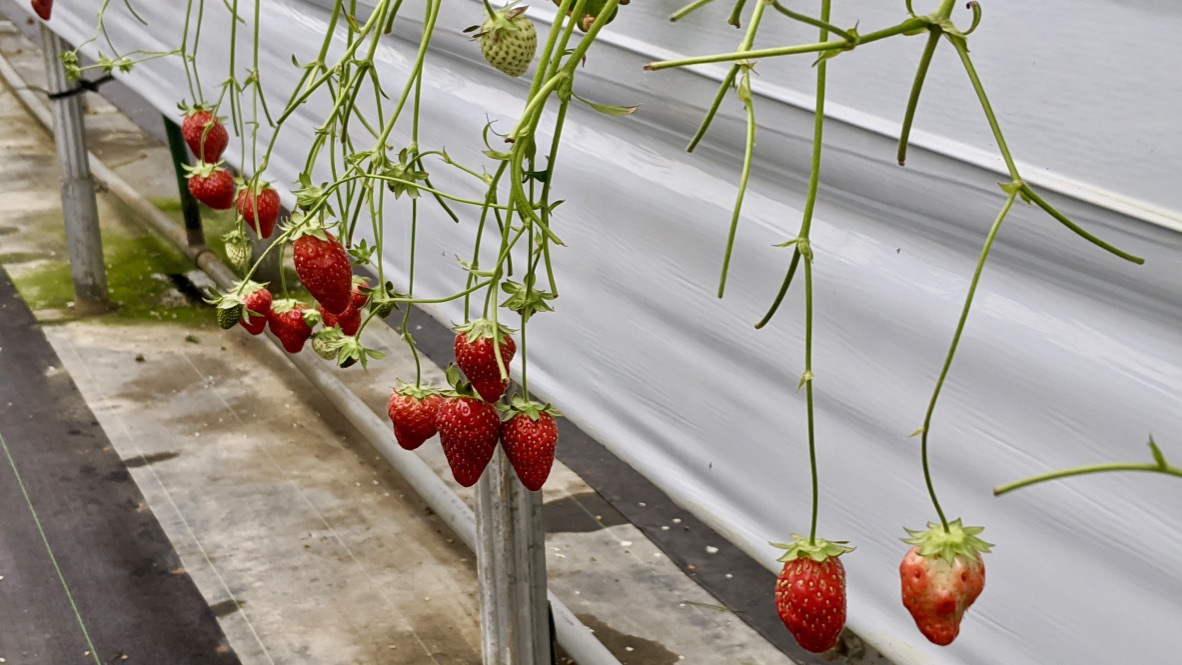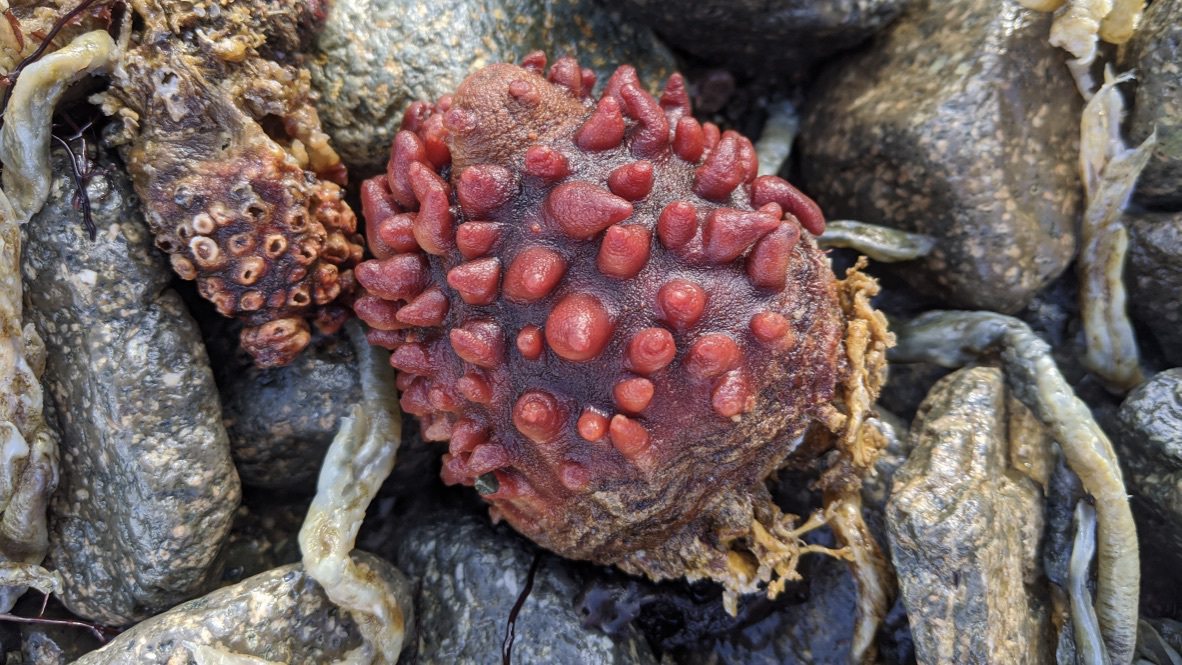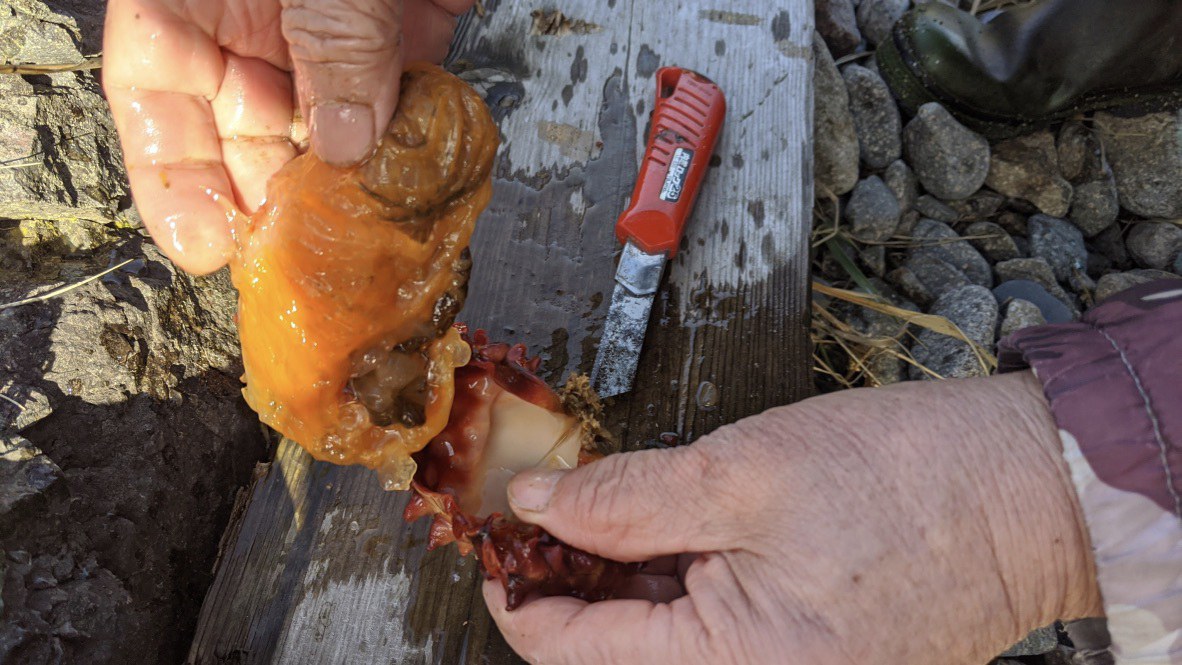I have always loved Japanese cuisine. Sushi, ramen, miso soup and pickled vegetables are just some of the dishes I look forward to tucking into when planning a trip to my local Japanese restaurant.
So it was with great excitement that I arranged my first ever visit to Japan in February 2020, to spend five days in the Aomori Prefecture in northern Japan’s Tohoku region. This is traditionally a popular destination for ski tourism, but I was more interested in discovering its culinary delights.
Like the rest of the county, cuisine in northern Japan centres around the tradition of washoku (meaning “food of Japan”) based on rice with miso soup and variety of side dishes encompassing seasonal vegetables pickled or cooked in broth, fresh fish – either grilled or raw “sashimi” – and the occasional inclusion of beef or pork.
What makes the Aomori Prefecture stand out is its fabulous selection of fresh, affordable seafood.
Fresh seafood in Hachinohe
We started our journey in the coastal city of Hachinohe in the Aomori Prefecture. It takes about three hours to travel there by bullet train from Tokyo, but remains one of Japan’s undiscovered tourist destinations – only two UK travellers were registered as visiting the city in 2019.
Hachinohe’s unofficial mascot is the squid (the official one is the horse) – they’re a very popular dish and come in all forms, from tempura (deep-fried in panko breadcrumbs) to sashimi.
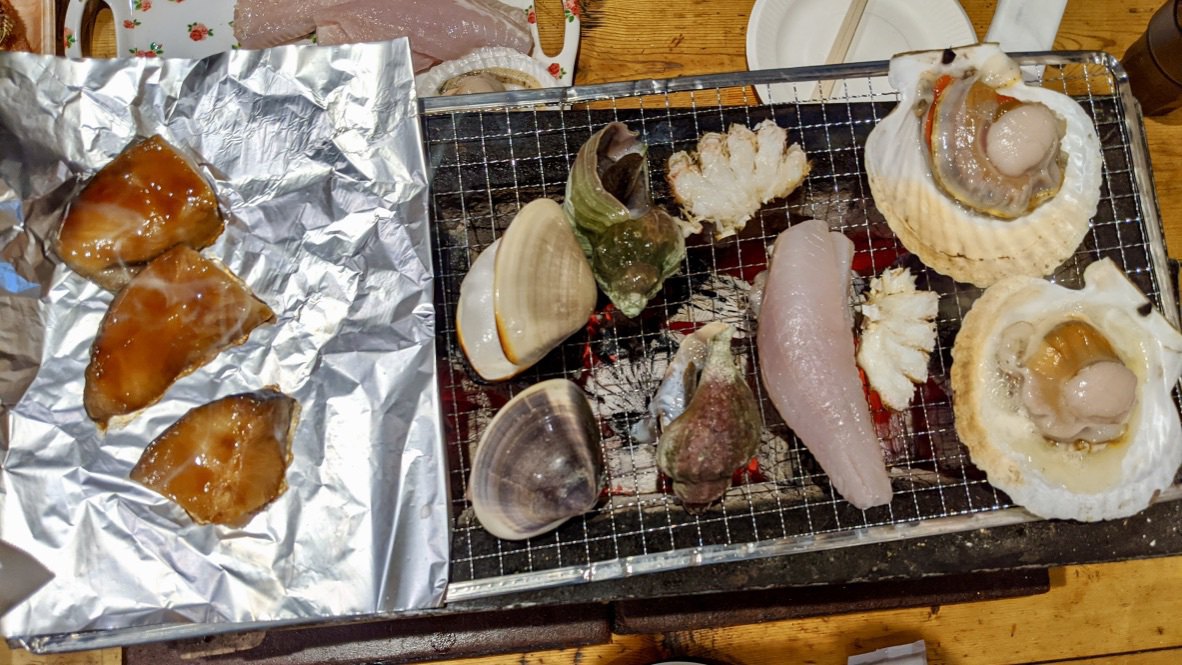
Lunch at Shichirin-mura at the Hasshoku Center (c) Lucy Woods
One of the best places to enjoy a squiddy lunch is at the food market at the Hasshoku Center. Simply choose your seafood as you wander through the market, pop to the booze section for a bottle of plum wine, then head to Shichirin-mura, where customers can grill their seafood purchases over glowing charcoal braziers.
We feasted on a selection of scallops, squid, salmon, clam and even whelk – a type of sea snail contained in a spiralled shell which I found rather challenging to extract with chopsticks.
Another place to enjoy a delicious seafood breakfast is the Mutsuminato Morning Market (open 3am to noon), a traditional market with some beautifully prepared fresh seafood. You can buy a bowl of rice and miso soup (containing giant king prawns) with salmon sashimi and seaweed for less than £10.
Strawberry picking in Nanbu Town
Seasonal produce is an important part of Japanese cooking and influences the choice of crisps and chocolates in supermarkets. For instance, strawberries are grown in the winter indoors, so during February and March, you’ll notice a lot of strawberry flavoured chocolate.
We visited a strawberry farm in Nanbu Town, which has been dubbed “The King of Fruit in the North”. The variation in temperature in this region makes it ideal for fruit production, and the berries here grow particularly large and sweet. At the Berries Tsukasa Farm, you are given a basket and a small bowl of condensed milk, and you have 40 minutes to pick and eat as many strawberries as you fancy.
For booking and more information contact the Nagawa Agricultural Tourism Office at: +81-178-76-3020.
Takko Garlic Centre
If like me, you love garlic, then Takko Garlic Centre is an absolute must-visit. The garlic centre is the only one of its kind in Japan and produces more than 100 garlic themed products using black and white garlic produced on the farm.
Every year the town of Takko hosts a beef and garlic festival in February where they crown the garlic queen. The festival brings a lot of joy to the region and attracts more than 10,000 people to Takko.
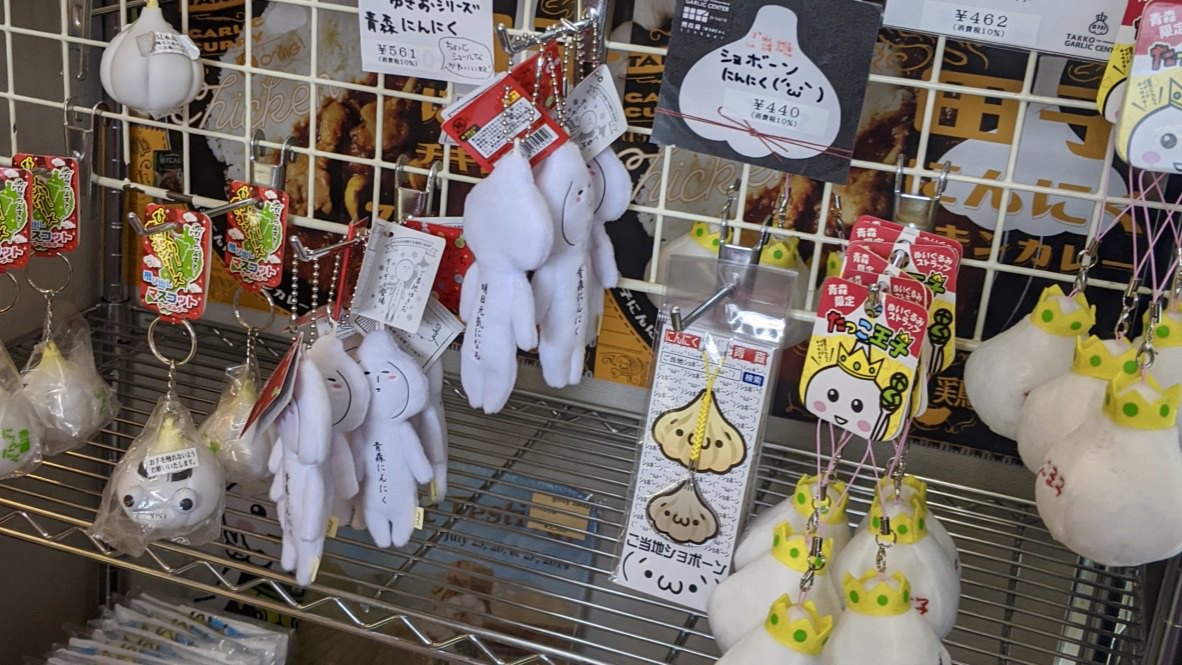
Takko Garlic Centre Shop (c) Lucy Woods
Takko Garlic Centre is open all year round and has a shop and a charming café that serves a four-course garlic themed menu – visit during the winter months to avoid a long waiting time.
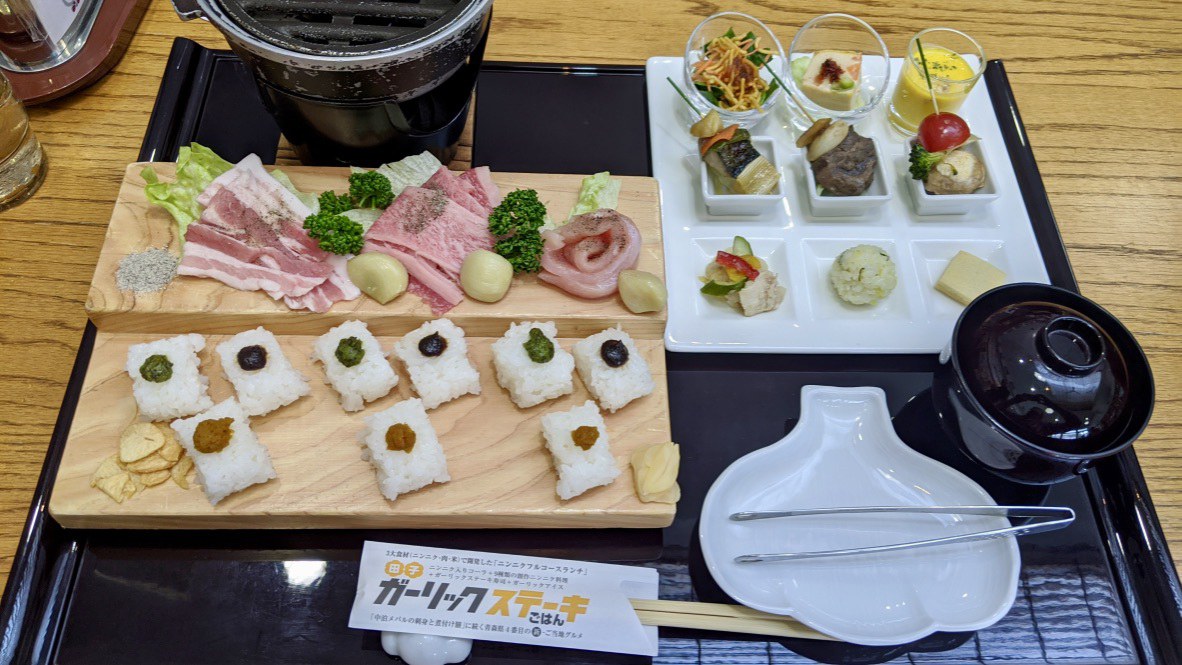
Set menu at Takko Garlic Centre (c) Lucy Woods
The garlicky menu includes a delicious BBQ where you can make your own meat sushi with garlic sauce, chopped garlic and grilled garlic. There’s also a selection of nine garlic themed appetisers, and you can even try a glass of garlic cola. The meal is finished off with a bowl of garlic ice cream, which was absolutely delicious.
If you’re worried about scaring off the vampires, you are given some chewy sweets that have been designed to ward off stinky garlic breath.
Senbei making in Tapukopu Village
Unlike other parts of Japan, a lot of food in the Aomori Prefecture is flour rather than rice-based, as rice was traditionally difficult to cultivate in the varying climate. A popular flour-based snack here is senbei jiru, a type of thin wheat cracker flavoured with nuts, sesame seeds and other delicious things.
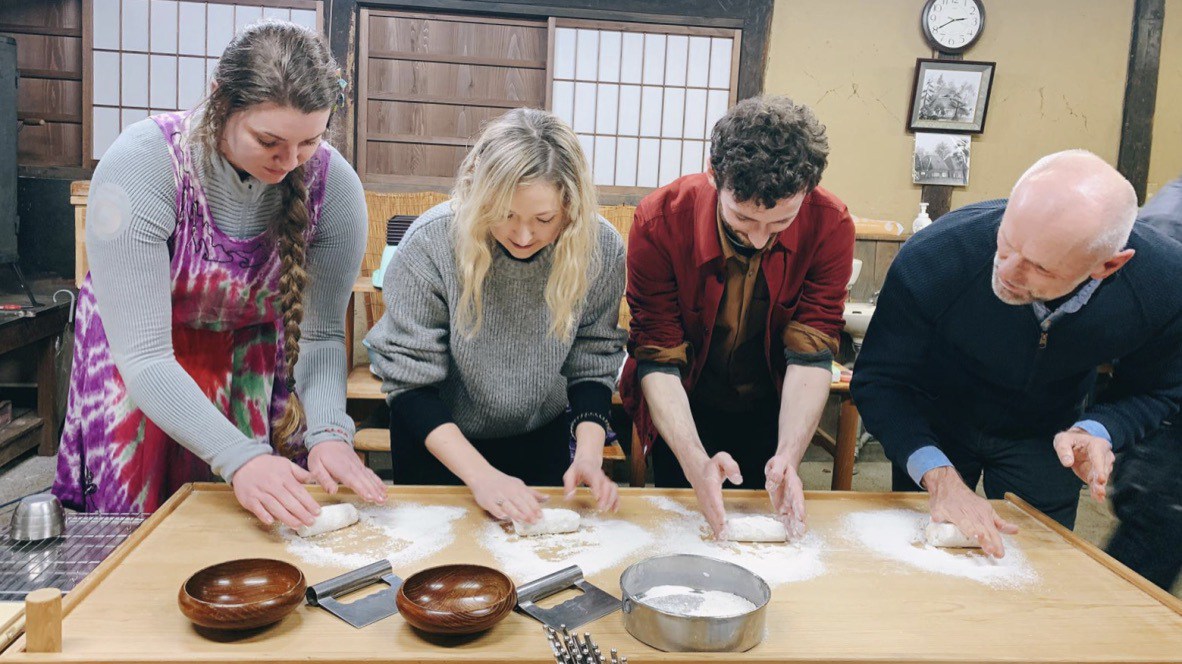
The team making Senbei in Takko
You can make your own senbei in Tapukopu Village, which is at the base of the Okuro Forest in the town of Takko. The group of traditional farmhouses were lifted from various parts of Takko, put in one place and converted into an arts & crafts centre. It’s open all year but you need to book ahead during winter as it can get quite snowy.
For just 500 yen per person (around £3.50) you can learn to make your own senbei, using the traditional method of heating them on special hot plates. Choose your flavourings and see if you can produce the perfect senbei.
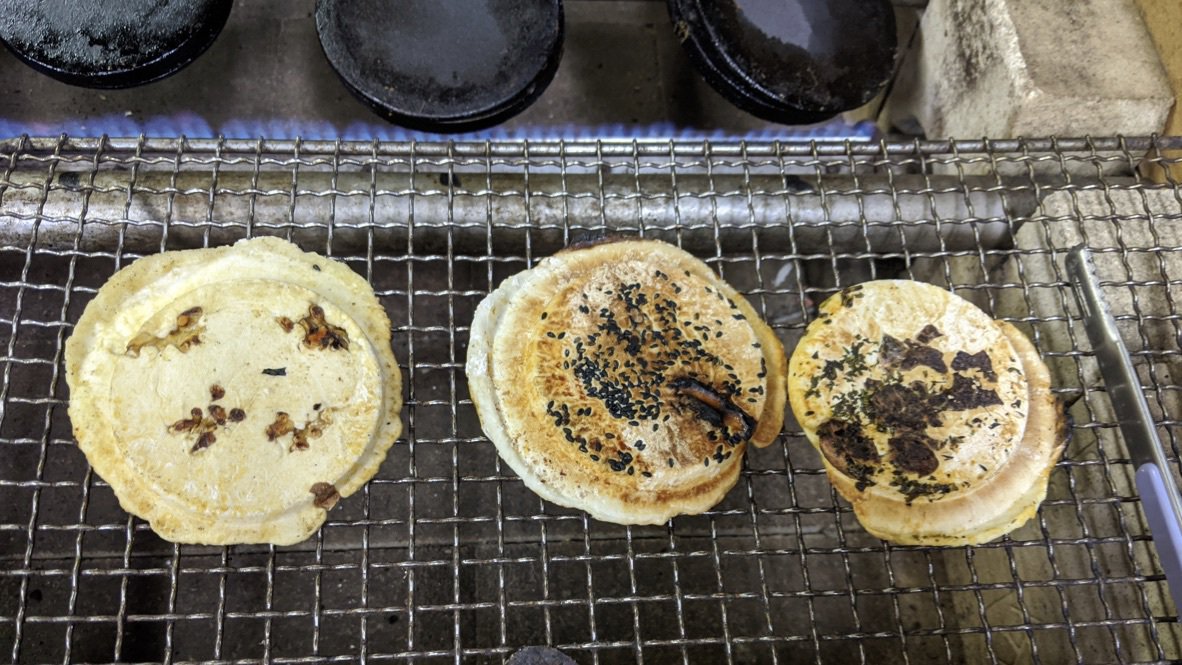
My efforts in producing senbei…not the most aesthetically pleasing. but they tasted good.
There is an art to making the perfect senbei jiru. We met a local senbei producer, Mr. Oyamada, who runs a family business and has been making senbei since he was a small child. He is now 73 and hopes to continue to make senbei until he is at least 88, when he will become the longest-running senbei maker in history. He is quite the character and very proud of his work, and even told us that when he reincarnates he would like to become a senbei maker again as this is his life’s work and passion.
Try something new
If you’re feeling adventurous while exploring Hachinohe, have a taste of hoya, also known as sea pineapple. The peculiar-looking edible sea squirt can be broken open with a knife, and the inside looks a bit like a giant oyster. It’s a popular snack here, especially when accompanied by a glass of sake.
We met a local fisherman while walking along the Michi-no-Kaze trail on the Tanesashi coast, which connects Hachinohe City with Soma City some 700km along the coast. One section of the sandy beach was covered with hoya, and he convinced us to give them a try. At first, I thought it tasted salty, much like an oyster, but it also had quite a bitter aftertaste. I’m glad I tried it, but not sure I am a hoya aficionado quite yet.
Fact File
Getting there: BA offers direct flights from London Heathrow to both Narita Airport and Haneda Airport in Tokyo. It is then a direct three-hour bullet train to Hachinohe.
Where to stay: The Grand Sunpia Hachinohe is a spacious hotel on a hill looking over the city of Hachinohe with views of the port and ocean in the background. Facilities include a luxurious hot spring, an excellent restaurant in the lobby, and a golf driving range.
Currency: The yen is the official currency of Japan. The current exchange rate is £1 = 138 Japanese Yen.
For more information visit https://visithachinohe.com/en/

